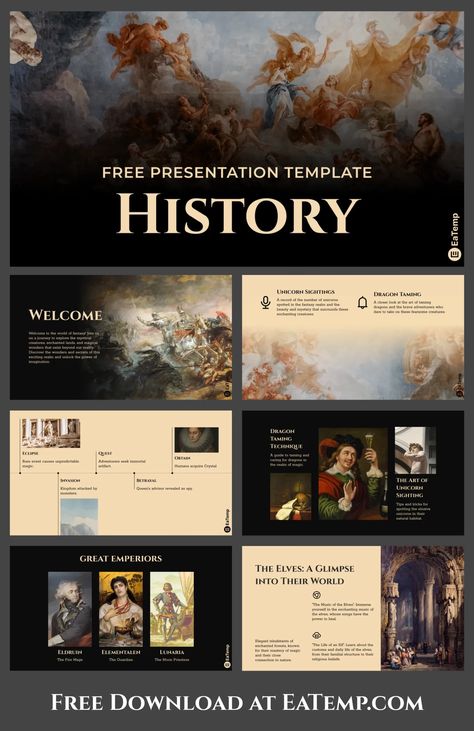Andrew Carnegie
An American industrialist who led the expansion of the American steel industry in the late 19th century. He was also one of the highest profile philanthropists of his era; he called on the rich to use their wealth to improve society, and stimulated wave after wave of philanthropy.
56 Pins
·11y
Margaret Morrison Carnegie - Born 1809 in Scotland. Married William Carnegie in 1834. Lived in Dunfermline where their sons Andrew & Thomas were born. In 1848, when William could not find enough work, Margaret supported the family & organized the move from Scotland to Pgh. After making a fortune in steel, Andrew founded Carnegie Institute of Technology (now CMU) and created Margaret Morrison Carnegie School for Women in honor of his mother.
July 1, 1892 Homestead Steel Strike begins with a worker lockout by bossman Andrew Carnegie! The Carnegie Steel Works housed mostly two kinds of workers: European immigrants who were unskilled and skilled steel workers. Skilled workers earned $4 to $7.60 but the unskilled workers only made about $1.20 for a 12 hour long day. The 1892 strike involved all workers in the plant. Workers customarily labored 7 days a week with only the Fourth of July as a holiday.
Andrew Carnegie Whitfield Missing since April 17, 1938 from Long Island, New York. Classification: Missing Vital Statistics Date Of Birth: 1910 Age at Time of Disappearance: 28 years old Height and Weight at Time of Disappearance: 5'8"; 155 lbs. Distinguishing Characteristics: White male. Dark hair, streaked with gray; blue eyes. Marks, Scars: The only scar on his body was that resulting from an appendectomy. Clothi
BERITA HARI INI 2024 – Berita Hari Ini 2024
Andrew Carnegie He started as a telegrapher and by the 1860s had investments in railroads, railroad sleeping cars, bridges and oil derricks. He built further wealth as a bond salesman raising money for American enterprise in Europe. He earned most of his fortune in the steel industry, founding Carnegie Steel Company in 1870. By the 1890s, it was the largest and most profitable industrial enterprise in the world. Carnegie sold it in 1901 for 480m dollars to J.P. Morgan, who created U.S. Steel.
Mr. and Mrs. Carnegie (circa 1902). Andrew Carnegie was a member of the South Fork Fishing & Hunting Club, which owned the dam that caused the Johnstown flood. He donated $10,000 to rebuild Johnstown's library (that building is today the Johnstown Flood Museum), which became one of the world's first Carnegie libraries.
【BET0809】Kasino online paling terpercaya di Indonesia.
Remember that Andrew Carnegie made about 26 million dollars a year while the average worker earned about 489 dollars. Women and children would make about half that. Wages were even less in the South. This picture was taken in Macon, GA in 1909. This photo shows the dangers workers especially children suffered during the Gilded Age. These boys are standing on crates balanced on a textile machine. One boy doesn't even have any shoes.
Mr. and Mrs. Andrew Carnegie were among the passengers on the steamship "Fulda" on the night of April 22, 1887, as they departed for their honeymoon in England and Scotland. For her quiet wedding at 8pm that same evening, Louise Whitfield had chosen to wear a gray wool traveling suit. This suit consists of a skirt and two bodices for day wear, as well as an extra set of cuffs, collar, and front insert (or plastron) of gold embroidery on red ground to adapt the suit for more formal occasions.
Henry Phipps (1839-1930) was born the son of an immigrant cobbler in 1839. He grew up in poverty stricken conditions in Pittsburgh, Pennsylvania with Andrew Carnegie. It was Henry Phipps' friendship with Mr. Carnegie that led him to invest, in 1861, in an iron works operation. In 1901 the Carnegie Company was purchased by J.P. Morgan, and it became US Steel. Mr. Phipps retired, affluent beyond his expectations, and devoted his life to philanthropy.
Charles Michael Schwab (February 18, 1862 – October 18, 1939) was an American steel magnate. Under his leadership, Bethlehem Steel became the second largest steel maker in the United States, and one of the most important heavy manufacturers in the world. Schwab began his career as an engineer in Andrew Carnegie's steelworks and in 1897, at only 35 years of age, became president of the Carnegie Steel Company. Schwab became the first president of the U.S. Steel Corporation.
Cassie Chadwick, a Canadian-born woman who became famous for defrauding banks in Cleveland, Ohio by claiming to be the illegitimate child of Andrew Carnegie. Chadwick was the mistress of lying and performing. She knew how to cover her tracks and she honed fraud into an art form. Andrew Carnegie attended her trial, wishing to see the woman who had successfully conned the nation's bankers into believing that she was his heir. On 10 March 1905 a Cleveland court sentenced her to 14 years in prison.
What Jennie Dean built in Manassas, Virginia will live forever
Jennie Dean was born a slave in northern Virginia’s Prince William County, but by the late 1880′s she finagled enough money from people like tycoon Andrew Carnegie to build an entire educational campus: classrooms, dormitories, dining halls, libraries and shops to teach both academic classes and trades like carpentry, animal husbandry, cooking and sewing to male and female black students from across the region, who had few other options for continuing their education.
We think you’ll love these





















